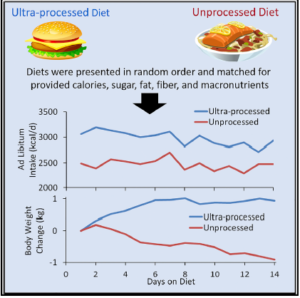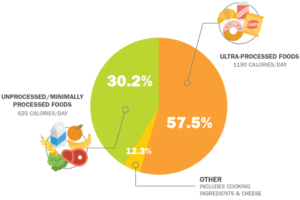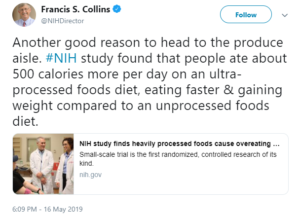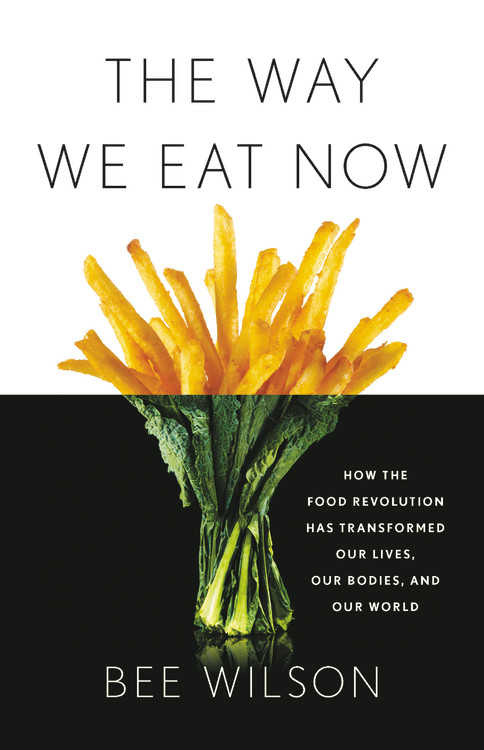Weekend Spanish lesson: a book about obesity for teenagers
Simón Barquera. ¿Hasta que los kilos nos alcancen? Una introducción desde la ciencia sobre el aumento de la obesidad y la forma de enfrentar esta epidemia [My and Google’s translation: Until the kilos reach us? A scientific introduction to the increase in obesity and how to confront this epidemic]. Instituto Nacional de Salud Publica and SPM Ediciones, 2019 (119 pages, hard cover).

I did a blurb for this book (it’s in Spanish on the back cover):
I can’t think of a better target audience for a book about the social, economic, and political causes of obesity than the young people who will be tomorrow’s leaders and policymakers. Simón Barquera gives them–and readers of any age—the skills to recognize how food and beverage companies promote corporate profits over public health, and to act on this knowledge through advocacy for regulating conflicts of interests. These skills are essential for preventing obesity and creating healthier food systems.
I’ve wrote about Barquera’s work a couple of years ago; he is one of the Mexican soda-tax advocates who had spyware installed on his phone, and is a researcher at the public health institute in Cuernavaca where I went on a Fulbright in February 2017.
I hadn’t seen the book’s illustrations when I did the blurb. If I had, it would have been hard to talk about anything else because they are beyond charming. It’s hard to pick a favorite, but I especially like this one.

This book needs an English translation! I hope someone is doing one.
If you want a copy, try this link.






